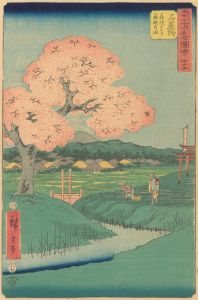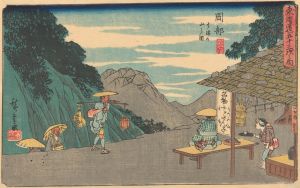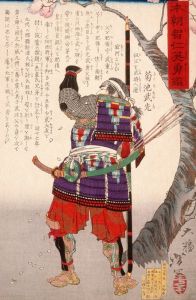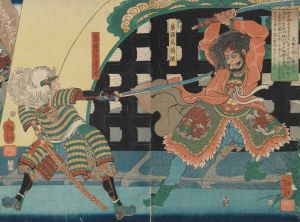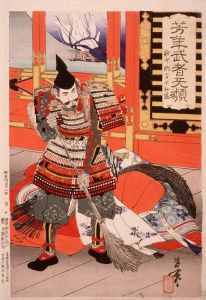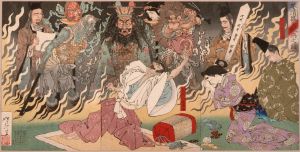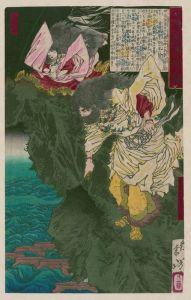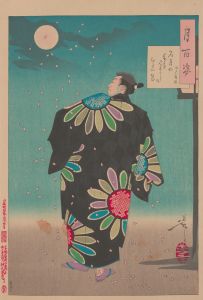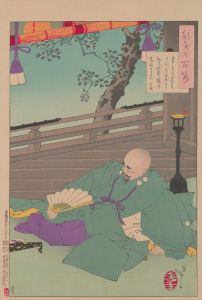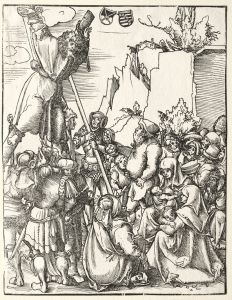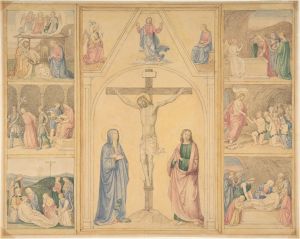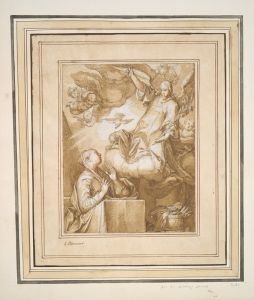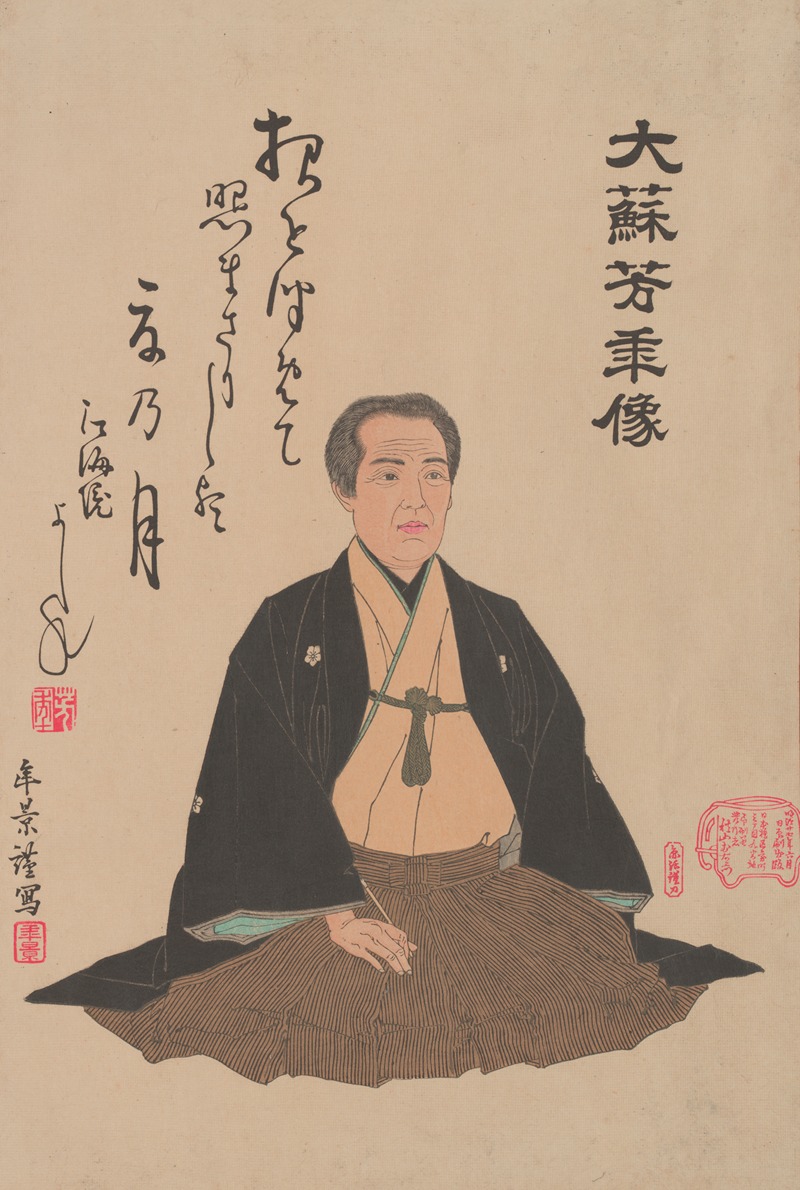
Portrait of Yoshitoshi
A hand-painted replica of Tsukioka Yoshitoshi’s masterpiece Portrait of Yoshitoshi, meticulously crafted by professional artists to capture the true essence of the original. Each piece is created with museum-quality canvas and rare mineral pigments, carefully painted by experienced artists with delicate brushstrokes and rich, layered colors to perfectly recreate the texture of the original artwork. Unlike machine-printed reproductions, this hand-painted version brings the painting to life, infused with the artist’s emotions and skill in every stroke. Whether for personal collection or home decoration, it instantly elevates the artistic atmosphere of any space.
"Portrait of Yoshitoshi" by Tsukioka Yoshitoshi is a notable work by the renowned Japanese ukiyo-e artist Tsukioka Yoshitoshi, who is often celebrated as one of the last great masters of the traditional woodblock print. Born in 1839, Yoshitoshi was active during a period of significant cultural and political change in Japan, transitioning from the Edo period to the Meiji era. His works are known for their dynamic composition, innovative use of color, and often dramatic subject matter.
Yoshitoshi's career began in the 1850s, and he quickly gained recognition for his skill in depicting historical and supernatural themes. His work often reflected the tensions of his time, capturing the clash between traditional Japanese culture and the rapid modernization of the Meiji period. Despite facing personal and professional challenges, including periods of poverty and mental illness, Yoshitoshi continued to produce influential art until his death in 1892.
The "Portrait of Yoshitoshi" is a self-representation, offering insight into the artist's self-perception and the stylistic elements he favored. While specific details about this particular portrait are limited, it is consistent with Yoshitoshi's broader body of work, which frequently explored themes of identity, transformation, and the human condition. His portraits often convey a deep psychological intensity, reflecting both the inner life of the subject and the broader cultural context.
Yoshitoshi's style is characterized by a bold use of line and a keen attention to detail, which can be seen in the intricate patterns and textures of his prints. He was also known for his innovative use of color, often employing a limited palette to striking effect. This approach is evident in his portraits, where color is used not only to define form but also to convey mood and emotion.
In addition to his technical skill, Yoshitoshi's work is notable for its narrative quality. His portraits often tell a story, capturing a moment in time that suggests a larger narrative. This storytelling aspect is a hallmark of the ukiyo-e tradition, which sought to depict the "floating world" of Edo-period Japan, with its emphasis on beauty, entertainment, and the transient nature of life.
Yoshitoshi's influence extends beyond his own time, as his work has been rediscovered and celebrated by later generations of artists and collectors. His ability to blend traditional techniques with innovative approaches has made him a key figure in the history of Japanese art. Today, his prints are highly sought after and continue to be studied for their artistic and cultural significance.
While specific information about the "Portrait of Yoshitoshi" is limited, it remains an important part of his oeuvre, reflecting the artist's mastery of the woodblock print medium and his enduring impact on the art world.





